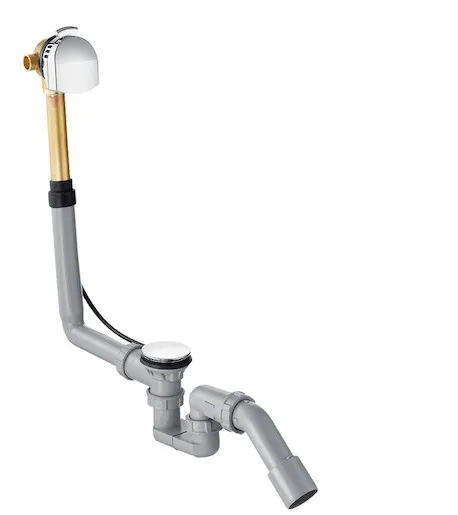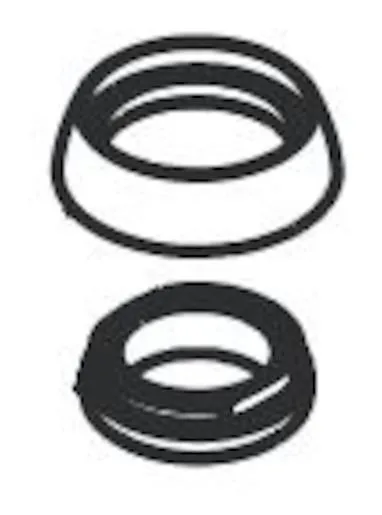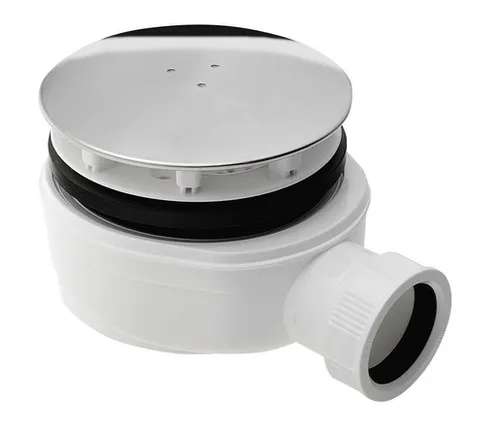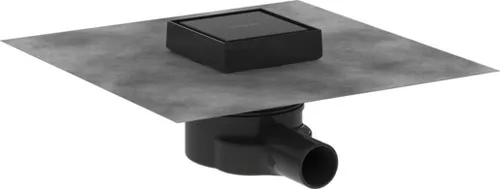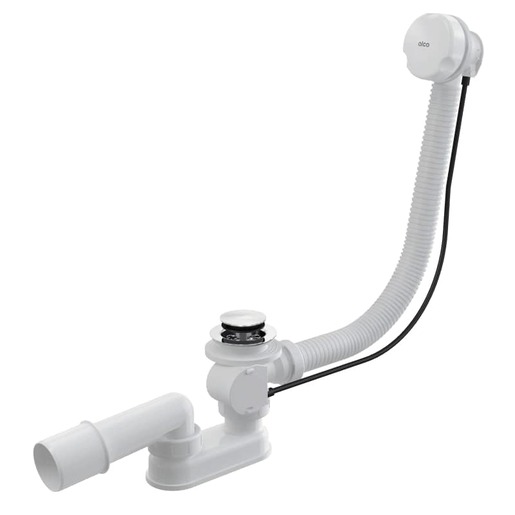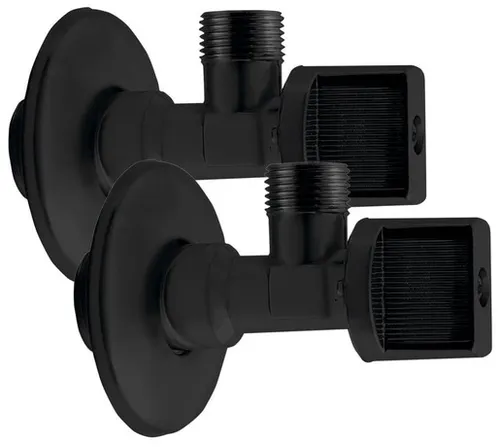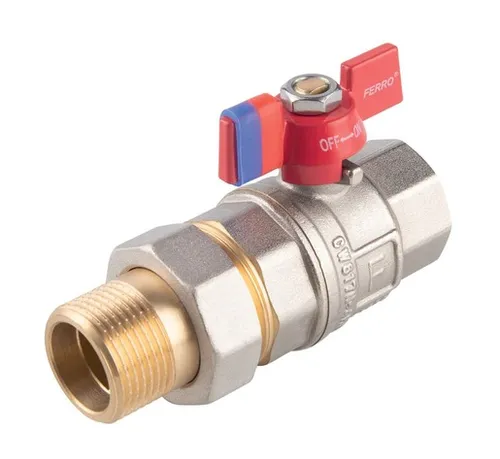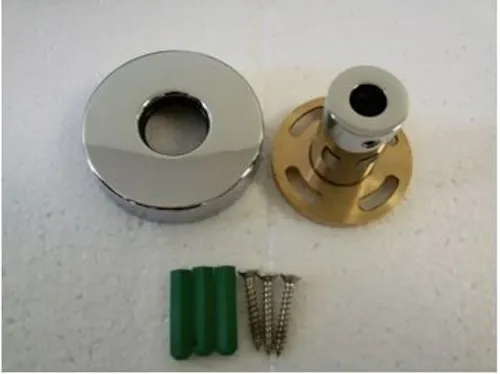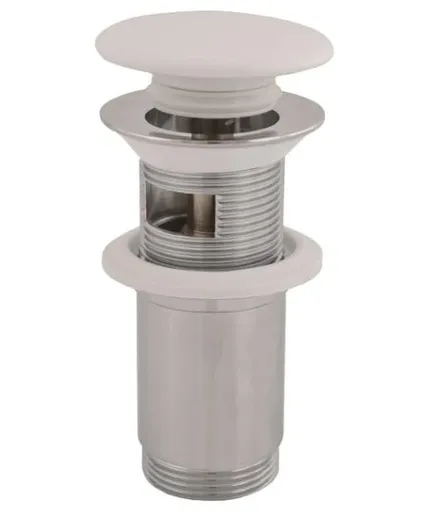Plumbing fittings and supports are essential components in any plumbing system, serving as the backbone for water supply and drainage systems in residential, commercial, and industrial settings. These products are designed to connect pipes, control the flow of water, and provide structural support to ensure the integrity and efficiency of plumbing installations. Whether you are a professional plumber, a contractor, or a DIY enthusiast, understanding the various types of fittings and supports available can significantly enhance your plumbing projects.
When selecting plumbing fittings and supports, several key factors should be considered to ensure optimal performance and longevity. First, the material of the fittings is crucial; common options include PVC, copper, brass, and stainless steel. Each material has its own advantages and disadvantages. For instance, PVC is lightweight and resistant to corrosion, making it ideal for drainage systems, while copper is known for its durability and ability to withstand high temperatures, making it suitable for hot water lines. Additionally, consider the specific application of the fittings. For example, threaded fittings are often used for connecting pipes in tight spaces, while slip fittings are better for easier assembly and disassembly.
Another important parameter to consider is the size and compatibility of the fittings with existing pipes. Ensuring a proper fit is essential to prevent leaks and maintain system efficiency. Pay attention to the diameter and type of connection required, as mismatched fittings can lead to costly repairs and water damage. Furthermore, look for features such as pressure ratings and temperature tolerances, which can impact the performance of the fittings in various environments.
The advantages of different plumbing fittings and supports can vary widely. For example, while plastic fittings are generally more affordable and easier to install, they may not offer the same level of durability as metal options. On the other hand, metal fittings can provide superior strength and resistance to high pressures but may require more effort to install and maintain. It is essential to weigh these factors based on your specific needs and the conditions of your plumbing system.
To ensure the longevity and effectiveness of plumbing fittings and supports, proper maintenance and care are vital. Regularly inspect fittings for signs of wear, corrosion, or leaks, and replace any damaged components promptly. When installing fittings, use appropriate sealants or thread tape to create a watertight seal, and avoid overtightening, which can lead to cracks or breakage. Additionally, consider the environment in which the fittings will be used; for instance, outdoor installations may require UV-resistant materials to withstand exposure to sunlight.
To get the most out of your plumbing fittings and supports, consider combining them with complementary products such as pipe insulation, which can help prevent heat loss and reduce condensation. Additionally, using high-quality valves and connectors can enhance the overall efficiency of your plumbing system. When planning your plumbing project, take the time to research and select fittings that not only meet your immediate needs but also align with your long-term goals for durability and performance.
In conclusion, plumbing fittings and supports play a critical role in the functionality and reliability of plumbing systems. By understanding the various materials, features, and maintenance requirements, you can make informed decisions that will lead to successful installations and repairs. Whether you are a seasoned professional or a novice DIYer, investing time in selecting the right products will ultimately pay off in the form of a well-functioning plumbing system that stands the test of time.
show more text


